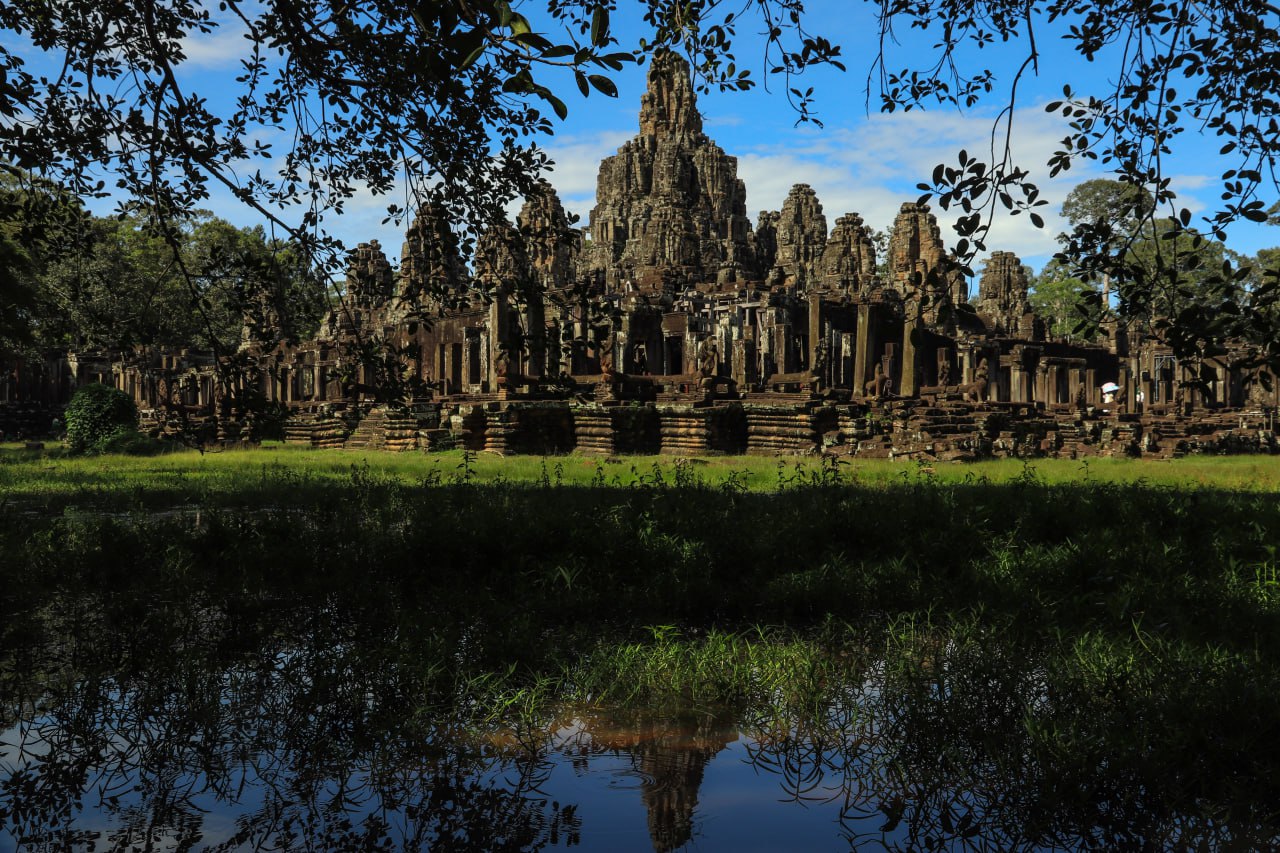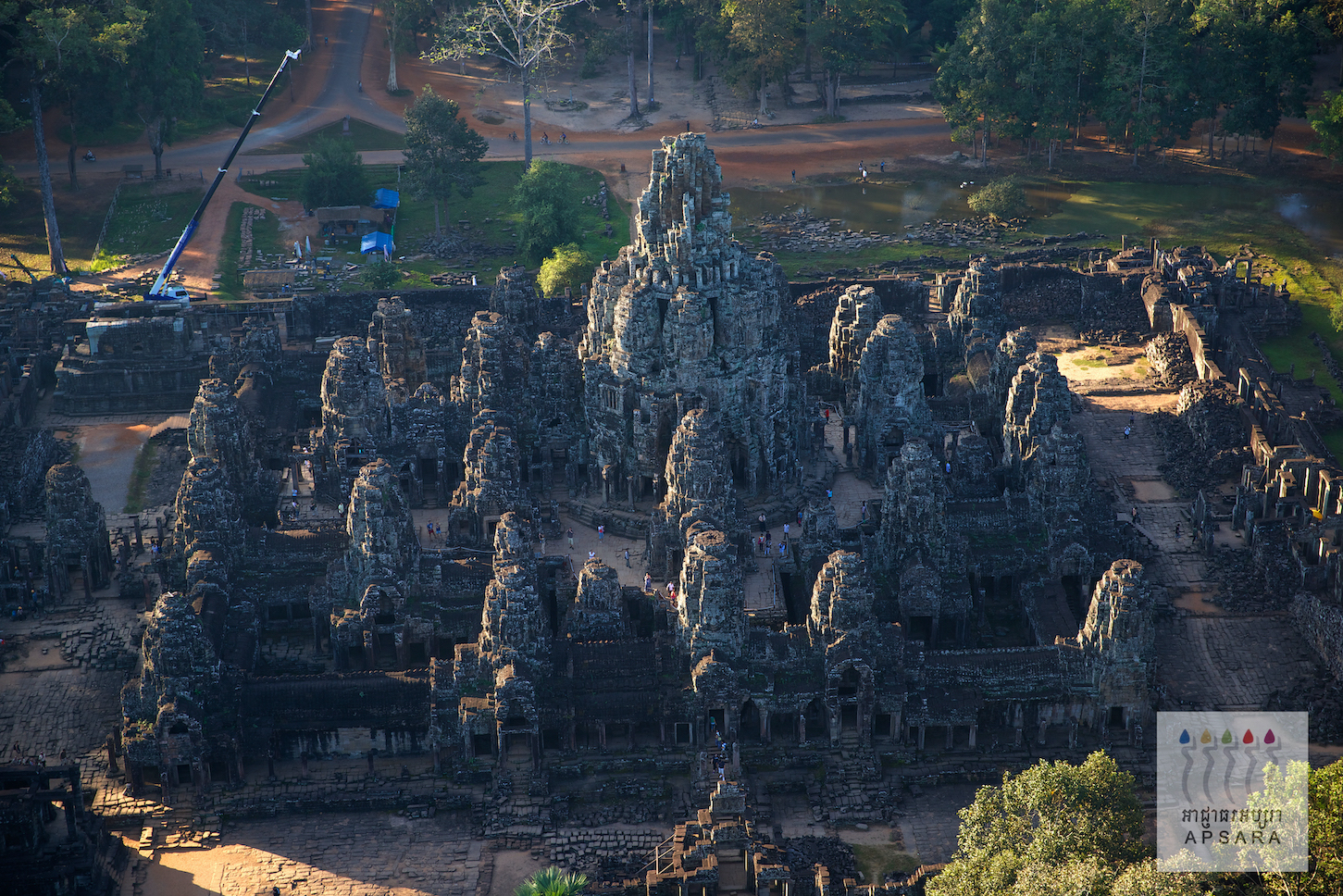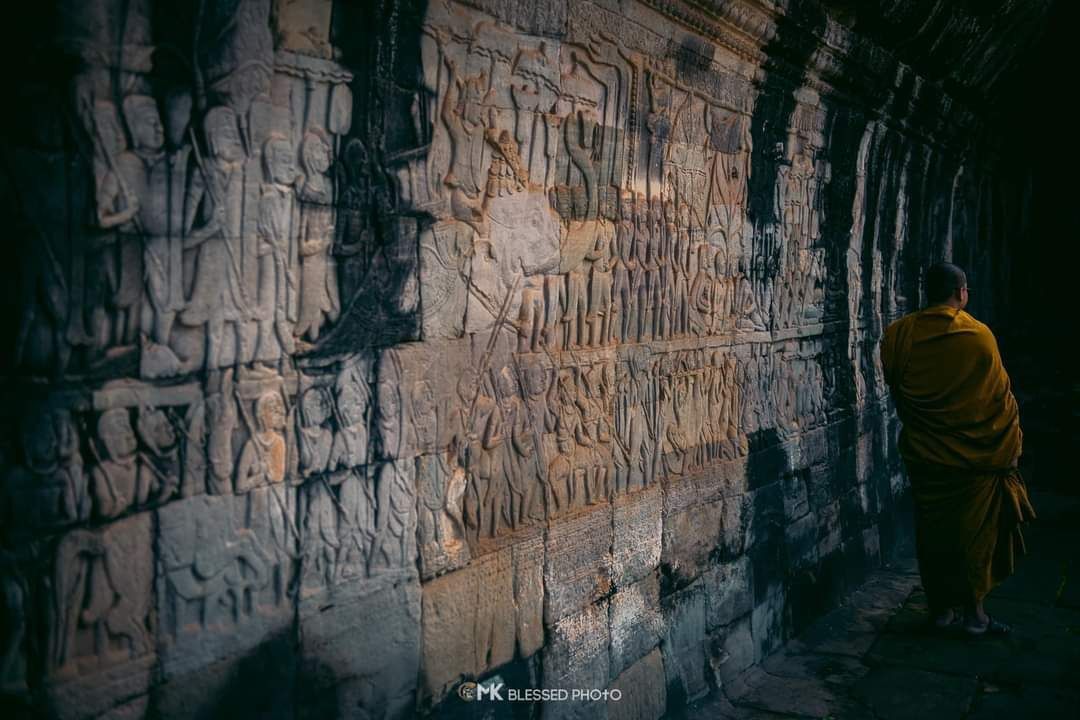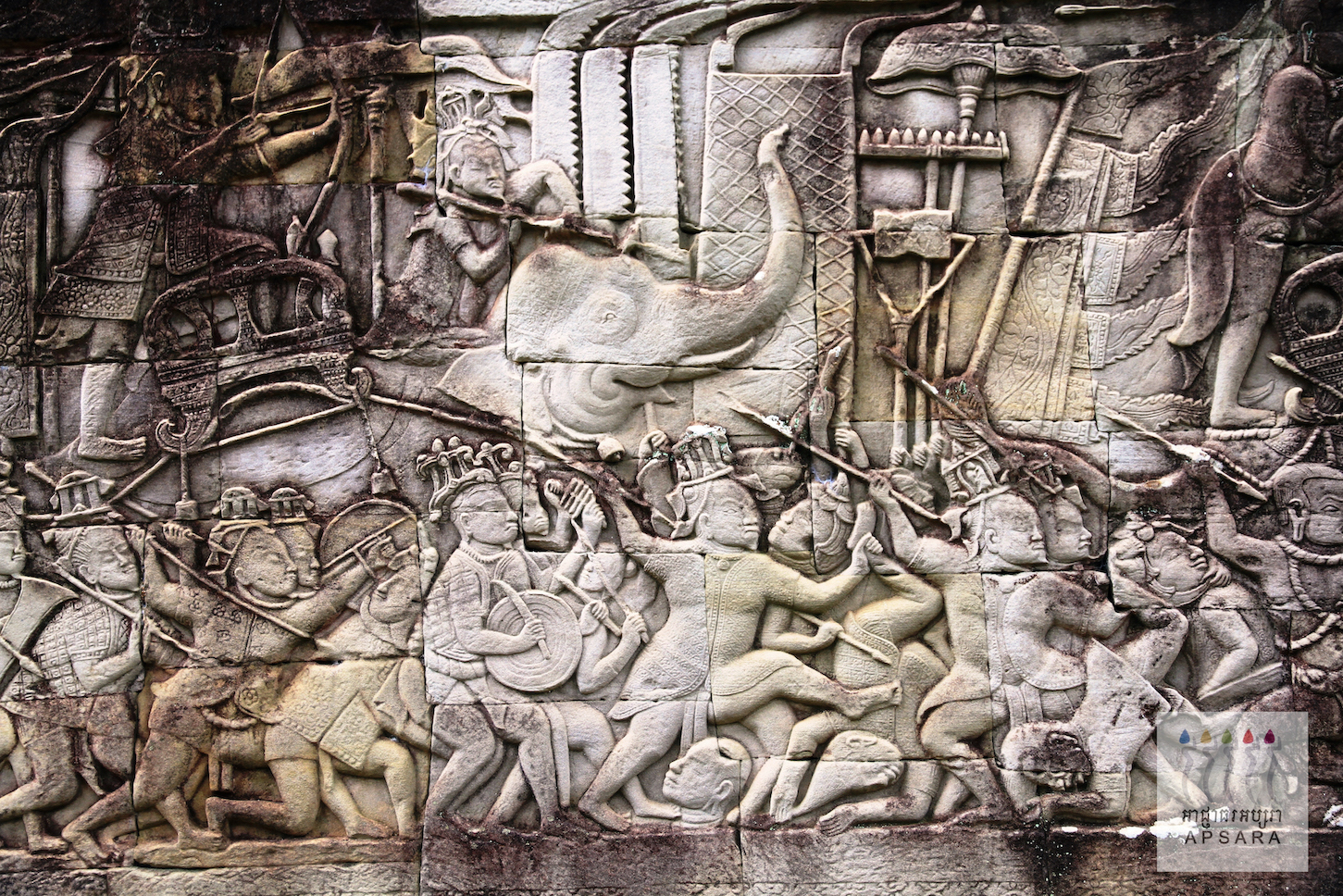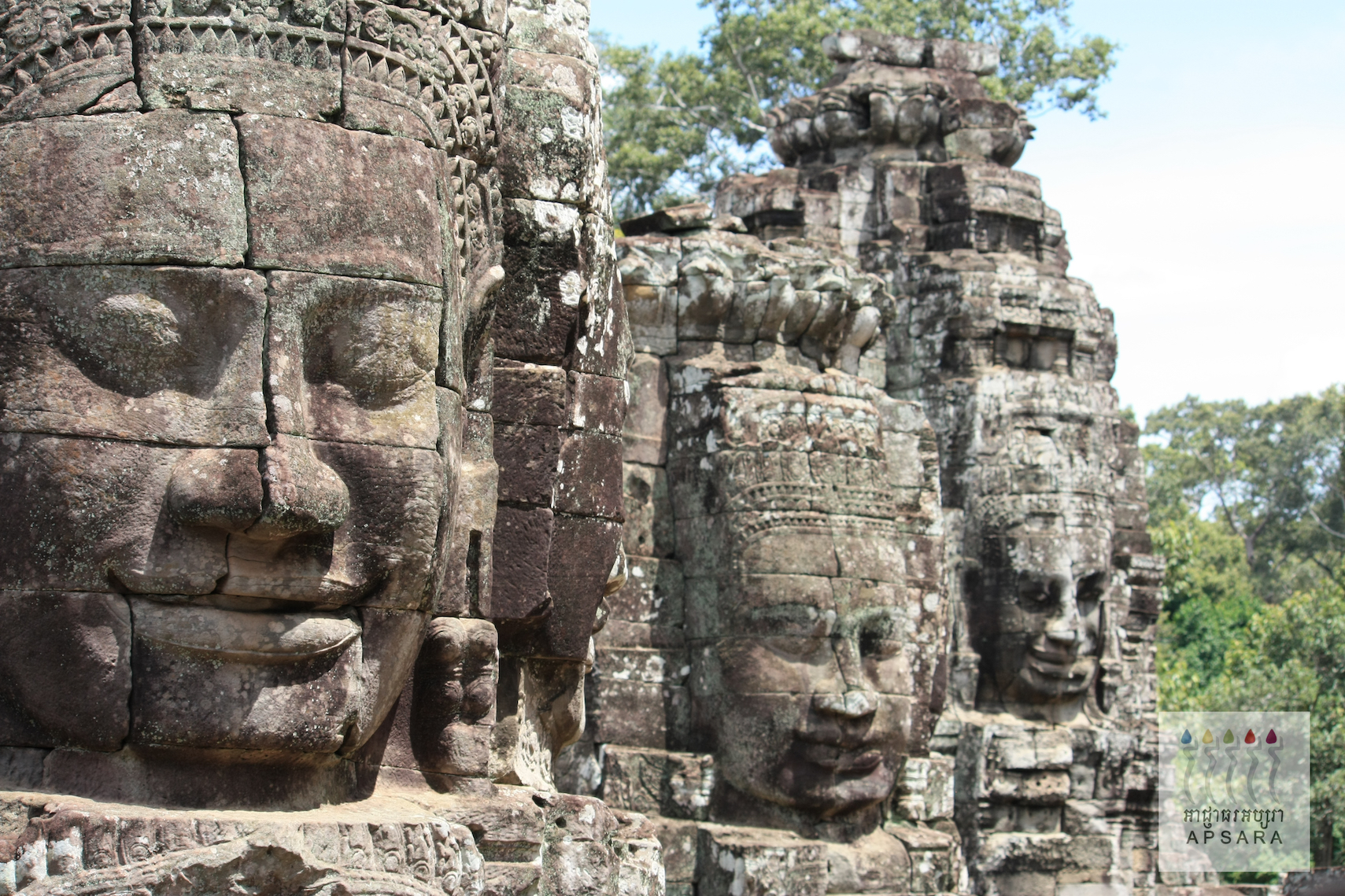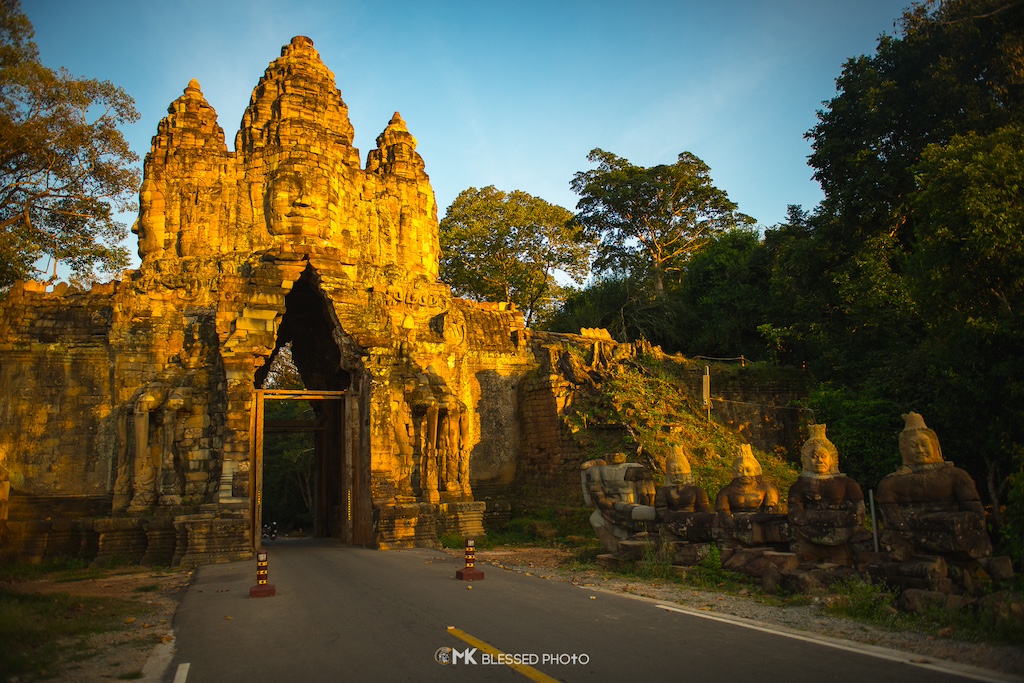Bayon Temple: The Enigmatic Heart of Angkor Thom
Located at the center of Angkor Thom, Bayon Temple is a majestic and mysterious monument, a true icon of the ancient city. Built-in the late 12th or early 13th century by King Jayavarman VII, Bayon is known for its enigmatic face towers and intricate bas-reliefs that offer a window into the daily life of the Khmer Empire.
As you approach Bayon, the first thing that strikes you is the temple's unique structure. Unlike other Angkorian temples, Bayon was not built to conform to a coherent plan but underwent multiple additions and alterations throughout its history. This architectural evolution gives the Bayon its unique charm and complexity.
Major Sight Spots in Bayon Temple:
The Face Towers: The most iconic feature of Bayon, these giant stone faces are thought to represent Lokeshvara, a bodhisattva of compassion, perhaps merged with the likeness of King Jayavarman VII himself.
Inner Galleries: The inner galleries contain more than 11,000 carved figures depicting historical events and daily life.
Outer Galleries: Home to bas-reliefs showing mythological scenes and epic battles, including the famous naval battle on the Tonle Sap Lake.
Central Sanctuary: The spiritual core of the temple, offers an atmospheric and somewhat mystical experience.
Upper Terrace: This area provides a panoramic view of the temple complex and the surrounding forest.
East Gate: Known as the 'Gate of the Dead', it's less frequented but equally mesmerizing.
Bas-reliefs of Everyday Life: These intricate carvings provide insights into the social and cultural life of the Khmer Empire.
Bayon Temple's architecture and artwork reflect the shift from Hinduism to Mahayana Buddhism that occurred during King Jayavarman VII’s reign. The temple's bas-reliefs are extraordinary in their richness and detail, depicting everything from grand processions to market scenes, and naval battles to everyday domestic life.
Visiting Bayon is like walking through a living museum, where ancient stones narrate tales of civilization both spiritually profound and artistically advanced. For any visitor to Siem Reap, Bayon is not just a monument to be admired but a puzzle to be pondered, a place where history and spirituality intertwine in fascinating ways.


